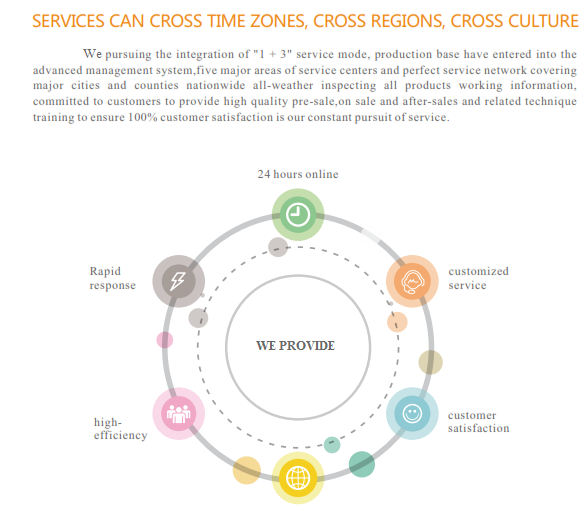
TERMS USED IN UPS INDUSTRY
What is line voltage?
In the electrical network transmission 3P 4W, line voltage is the voltage between 2 phase wires.
For example: 3 phase wires are L1, L2, L3 and neutral wire N, line voltage L1L2 = L2L3 = L3L1 = 380 VAC
What is phase voltage?
In the electrical network transmission 3P 4W, phase voltage is the voltage between 1 phase wire and neutral wire.
For example: 3 phase wires are L1, L2, L3 and neutral wire N, phase voltage L1N = L2N = L3N = 220 VAC (with electricity in Vietnam)
Voltage measuring instrument
In electrical systems voltmeters can be used to measure voltage between two points. In an electrical circuit, you only need to connect the two test leads in parallel with the grid or load to know the voltage. In the picture below, to measure the resistance R, we just need to connect the voltmeter as follows:

Voltage Measurement
Voltage classification
The voltage classification depends on the demands and regulations of each country.
In industrial power transmission, there are 3 types of voltage: high voltage, medium voltage, low voltage.
The standard output voltage fluctuation is ±1%.
In some brands, it is recorded as ±1%, <±1%, <1%, the meaning is the same.
Reason: 1% of the output voltage fluctuation amplitude is as an absolute value, including + and – values within 1%.
In addition, this compliance criterion can be measured directly on the product.
High voltage electricity
High voltage electricity is often used for power distribution networks in long distances which includes several levels such as: 66 KV, 110 KV, 220 KV, 500 KV.
Medium voltage electricity
Medium voltage electricity has a lower voltage level than high voltage. In the construction sites; industrial areas; residential areas… there is usually medium voltage electricity which supply to the transformers, then decrease the voltage to distribute electricity. Some common voltage levels are: 22 KV and 35 KV.
Low voltage electricity
Low voltage electricity (voltage level 0.4 KV) is the electricity which is used to supply to the operating equipments including Single-phase, Two-phase and Three-phase low voltage. Single-phase voltage (220 VAC), two-phase voltage (380 VAC) – this voltage is rare in Vietnam, usually to provide input for some special voltage stabilizers, 3-phase voltage (380 VAC) is common in industrial electricity.
Management Softwares via RS232: UPSsmart winpower/ Muser4000 winpower
| The backup time calculation formula for Hyundai UPS:
The backup time of load types is also different such as loads for IT equipment, loads with motors, loads for heading furnace… Normally, it will base on the following formula to calculate the backup time for normal load which is the IT equipment. T =[ (AH * V * pf) / W ] *D In which:
|
WARRANTY POLICY
- The warranty period for the equipment is 24 months for the machine and 18 months for the battery, starting from the date of handover and acceptance (special cases may apply depending on project requirements).
- During the warranty period, we only cover devices and components that are defective due to manufacturing faults under normal usage conditions.
The product will not be covered under warranty in the following cases:
- UPS is stored, installed, or operated not in accordance with the manufacturer’s instructions; incorrect electrical wiring, materials, or accessories used; wrong power source or voltage connected;
- UPS is connected to an incompatible load as recommendations; used in dusty environments; subjected to unstable or frequently changing voltage; or exposed to temperatures and humidity level
- UPS is under overload.
- Damage caused by natural disasters or accidents such as lightning strikes, flooding, liquid spills, or deformation due to mechanical impact.
- The device has been modified or repaired by a third party.
- The serial number and seal on the device are not intact.
- The warranty card is not stamped, has been altered, or contains unclear information.
- The warranty card is missing or the warranty period has expired.
